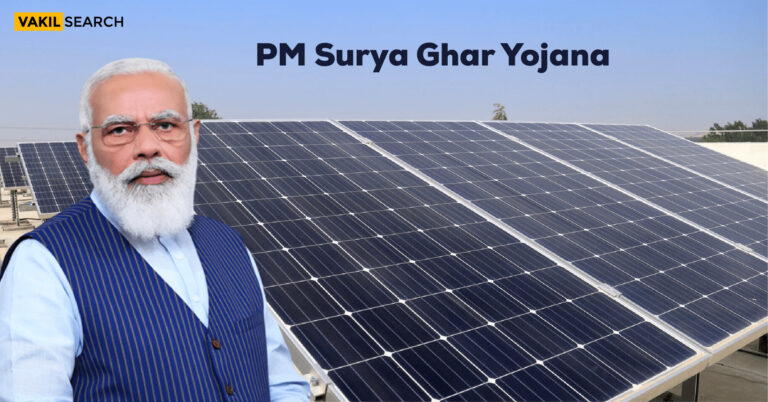A new era of manufacturing is here! 3D printing is going to be the future and this article is to help you be one of the first few to jump on the bandwagon. The government has introduced many schemes that you can leverage to get into additive manufacturing.
Introduction:-
By 2023, the additive manufacturing industry in India is predicted to reach USD 35.6 billion. Additive manufacturing, also known as 3D printing, is ushering the world into an Industrial Revolution 4.0. This offers immense potential that could revolutionise India’s manufacturing and industrial production landscape.
Through digital processes, communication, imaging, architecture, and engineering that provide digital flexibility and efficiency, the scope of additive manufacturing has only been enlarging. In this light, we present to you the government initiatives for promoting additive manufacturing in India, and how these can be helpful in your business.
Strategy for Additive Manufacturing Under Atmanirbhar Bharat Abhiyan
One of the goals of the Atmanirbhar Bharat Abhiyan is to create a sustainable ecosystem for the additive manufacturing industry in India and position India as a global innovation and research hub.
It would also promote Indian Intellectual property rights and protect additive manufacturing technology in India. The National Electronics Policy, 2019 also mentions additive manufacturing.
Scope for Additive Manufacturing in India in Various Sectors
3D printing technology offers a host of possibilities in various sectors in India. A brief description of the potential uses of this are presented here –
Consumer goods – Consumer electronics, jewellery, shoes, clothing, cosmetics products, toys, figurines, furniture, office accessories, musical instruments, bicycles, and food products.
Healthcare – During the pandemic, 3D printers are essential in Covid 19 response to build ventilator parts, testing equipment, Personal Protective Equipment (PPEs), and other medical supplies. (Source: 3D Printing in Pharmaceutical Sector: An Overview, 2020). Companies that were quick to adapt, found themselves earning supernormal profits.
Automobile Industry – Cost-effective solution for manufacturing of spare parts, testing and production, and management of defectives.
Electronics Industry – Large-area fabrication is possible for the production of complex, lightweight, impact-resistant structures. Additive manufacturing is especially beneficial for parts with embedded electronics such as sensors and antennas which are far more expensive to produce by conventional manufacturing.
Construction and Architecture – In April 2021, a house that was made with 3D printing was unveiled, incurring 30% lesser costs than regular constructions. Additive manufacturing technologies are in use with developing housing fabrication, construction components (cladding and structural panels and columns), bridges, and civil infrastructure.
Initiatives to Promote Additive Manufacturing
Since additive manufacturing requires good printers and other expensive equipment, here are some of the initiatives undertaken to help the business sector implement additive manufacturing:
Atal Innovation Mission
Through Atal Innovation Mission, Atal Tinkering Labs, the government gives financial support and logistical support by allowing access to the latest technologies like 3D printers, robotics, the Internet of Things (IoT), and miniaturized electronics.
Ministry of Electronics and Information Technology (MEITY)
The MEITY is also coming up with an industrial scale policy on 3D printing in view of its emerging market. From what is available in the public domain so far, it will touch upon the following issues:
- Encouraging market leaders to establish a global base for setting up 3D manufacturing in India
- Help domestic companies access supportive and ancillary facilities for this technology
- Issue certification norms and fix standards for 3D printing in India
- Reducing set-up and associated costs for additive manufacturing units.
The Electronics Manufacturing Clusters (EMC 2.0) Scheme
In order to create world-class infrastructure in electronic manufacturing, the government is providing aid for setting up manufacturing clusters. This would include not just new clusters but up-gradation of technological setup in existing clusters.
The Grants in Aid provided by the government would cover part of the project costs towards creating infrastructure, amenities; and common facilities under the project. The financial aid would be up to 50-75% of project costs, subject to a maximum overall limit of 75 crores. The scheme also envisages financing options available for the remaining project costs.
The Scheme For Manufacturing of Electronic Components and Semiconductors
This scheme with a budget outlay of ₹3285 crores is a comprehensive scheme that covers many kinds of electronics sub-industries. Moreover, this includes consumer and industrial appliances, automotive electronics, automobile technologies, computer hardware, power and telecom equipment etc.
Under this scheme, a benefit of 25% on capital expenditure incurred on the setting up of the plant, machinery, equipment, associated utilities, and technology would be available.
The advantages of the scheme would also cover expenses incurred on R&D for manufacturing of electronic components, semiconductors, specialised sub-assemblies, and capital goods for these items, in the specified categories. This would help subsidise costs for domestic electronics manufacturing and add to all players’ financial viability.
At Vakilsearch, our experts understand exactly what your business needs, whether it is legal assistance; understanding applicable compliances, or figuring out applicable government policies. Further, we’ve assisted hundreds of manufacturing firms in setting their business, right from scratch.
Conclusion
According to the Ministry’s data, the global market for additive manufacturing is to reach USD 34.8 billion by the year 2024. With a growth rate of 23.2%, the time is ripe for Indian companies to adapt to this manufacturing technology.
Read More:-










